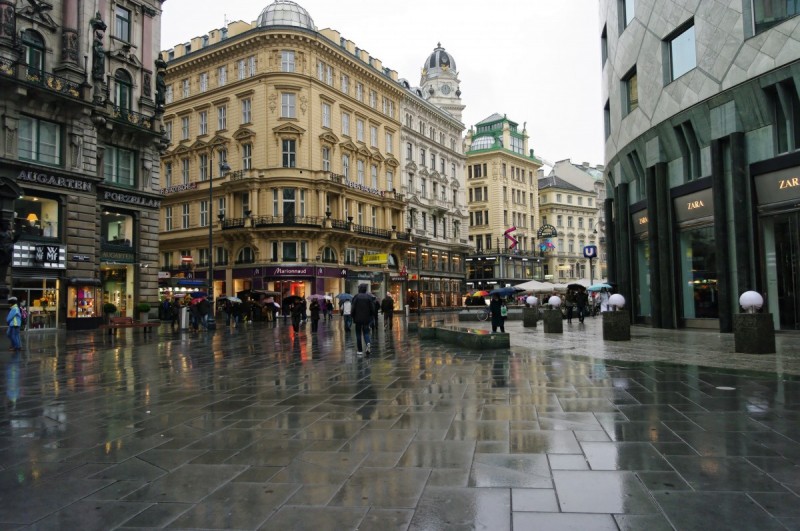National links: Vienna, Austria is one of the most livable cities. What’s its secret?

Austria by Emmanuel DYAN licensed under Creative Commons.
We can learn a lot from Vienna, Austria, one of the world’s most livable cities. Minnesota has a long game to add more dense zoning. Chicago’s in a losing battle with Planned Manufacturing Districts.
Why Vienna keeps topping so many “most livable city” lists: Vienna, Austria is a growing city, adding 25,000 new residents annually. Despite its growth, the city continues to land on top of many “most liveable cities” lists. Maria Vassilakou, the city’s former deputy mayor, spoke at a CityLab event this week about how they do it. (David Dudley | CityLab)
How Minneapolis defeated NIMBYism: The new Minneapolis 2040 plan upzones the city to allow two- and three-family buildings on previously single-family lots, tripling the potential number of housing units in the city. To get there, housing advocates laid the groundwork for this reform years ago by focusing the discussion on the victims of exclusionary zoning policies, and voting in legislators who understand the affordability crisis. (Richard D. Kahlenberg | The Atlantic)
Zoning won’t save Chicago’s manufacturing: Chicago has 15 Planned Manufacturing Districts, or PMDs, which restricts development to only manufacturing. The city created PMDs more than 30 years ago to preserve manufacturing jobs as deindustrialization was peaking. Now, however, the city’s first PMD is empty, and two other PMDs on the North Side have been reduced by 50% and 75% and manufacturing jobs continue to decline in the city. (Maria Inez Zamudio & Natalie Moore | WBEZ)
America’s first food supply chain map: A team of researchers at the University of Illinois developed the first high-resolution map of the US food supply chain. It offers a comprehensive look at all food flows between counties in the US, from fruits and vegetables to grains to animal feed. Eight different databases were used to assemble the map, including international port data and tracking data of items shipped around the country. (Megan Konar | Fast Company)
E-commerce brings chaos to NYC: In New York City, 1.5 million packages are delivered daily. UPS and FedEx delivery trucks, which double-park on streets and block bus and bike lanes, racked up more than 471,000 parking violations last year, up 34% from 2013. Between 2009 and 2017, daily deliveries to New York City households tripled to more than 1.1 million shipments. (Matthew Haag & Winnie Hu | New York Times)
Cities don’t need hipsters to prosper: As cities recover from post-industrial decline, many look to global powerhouses like New York or London to emulate their economic growth. But cities should embrace their own unique niches, rather than following in other’s footsteps. Tourism and economic development might be improved when a city celebrates its own cultural assets, rather than installing some murals and opening a craft brewery. (Emily Hopkins | The Conversation)
Quote of the Week
“Wouldn’t you love it if your city was famous for music? A rich and vibrant music scene brings a lot of happiness. It’s like air—it’s important. You need to have that in your life just to remind you that life’s worth living.”
Foo Fighters frontman Dave Grohl discussing music at the City Lab conference in DC this last week.
This week on the podcast, Beth Osborne of T4 and Chris McCahill of the State Smart Transportation Initiative talk about new ways to prioritize projects.
Thumbnail: Vienna in Austria. by Emmanuel DYAN licensed under Creative Commons.
